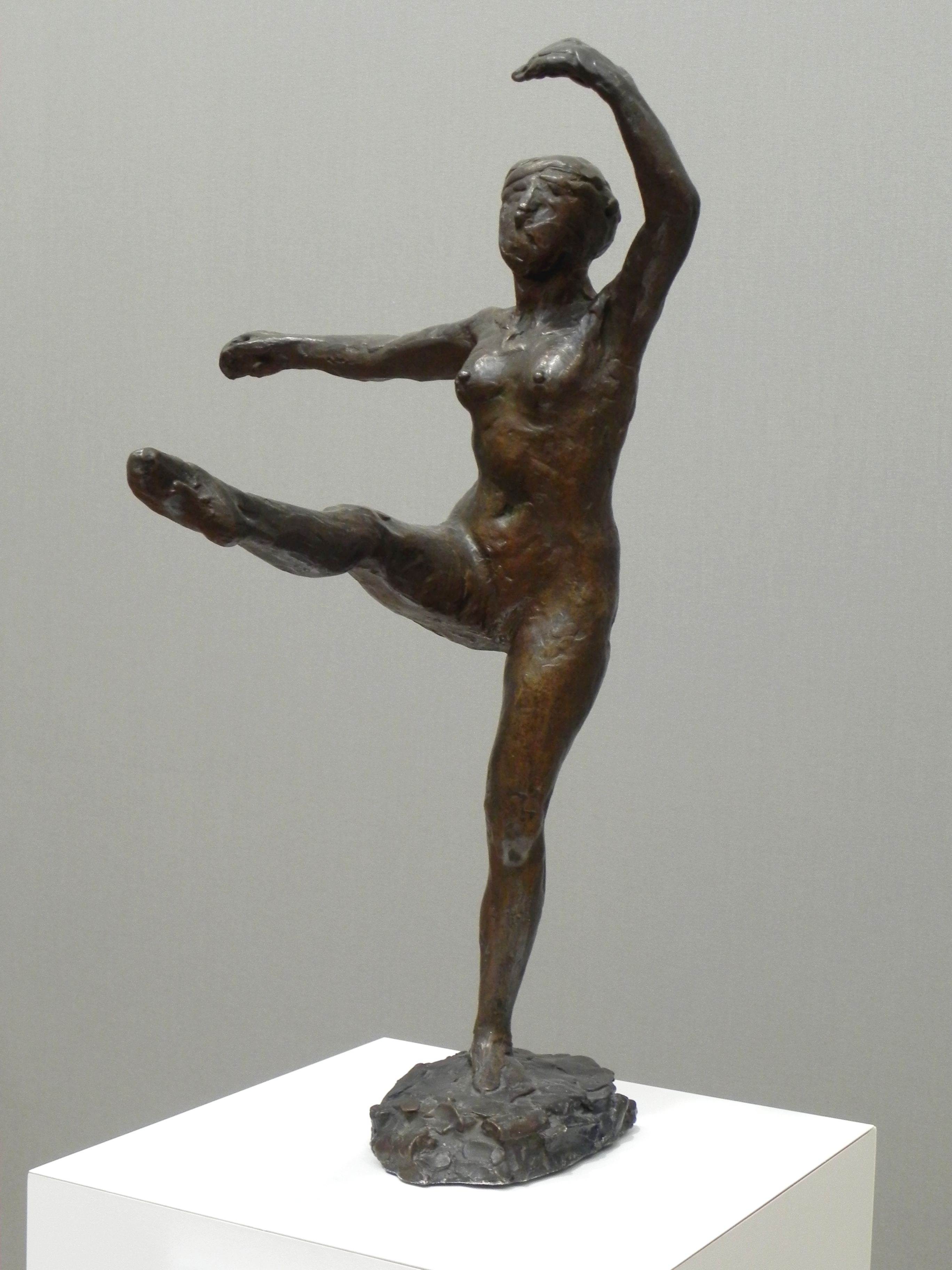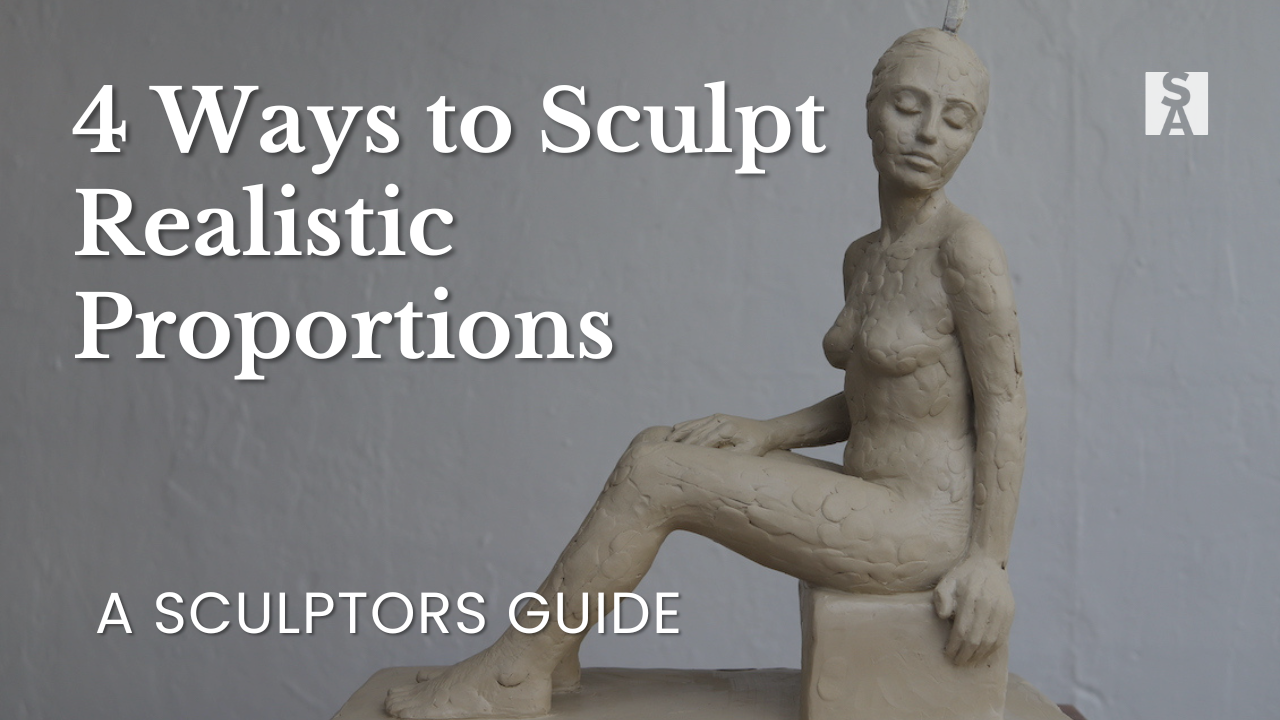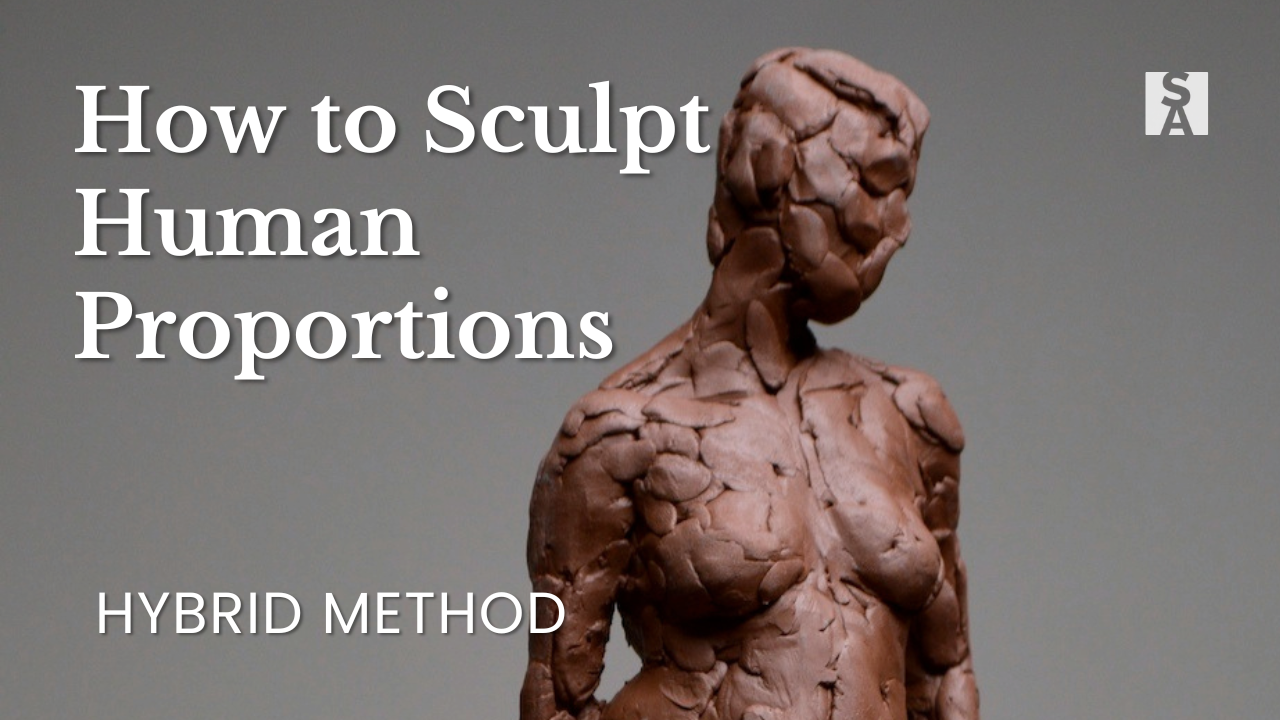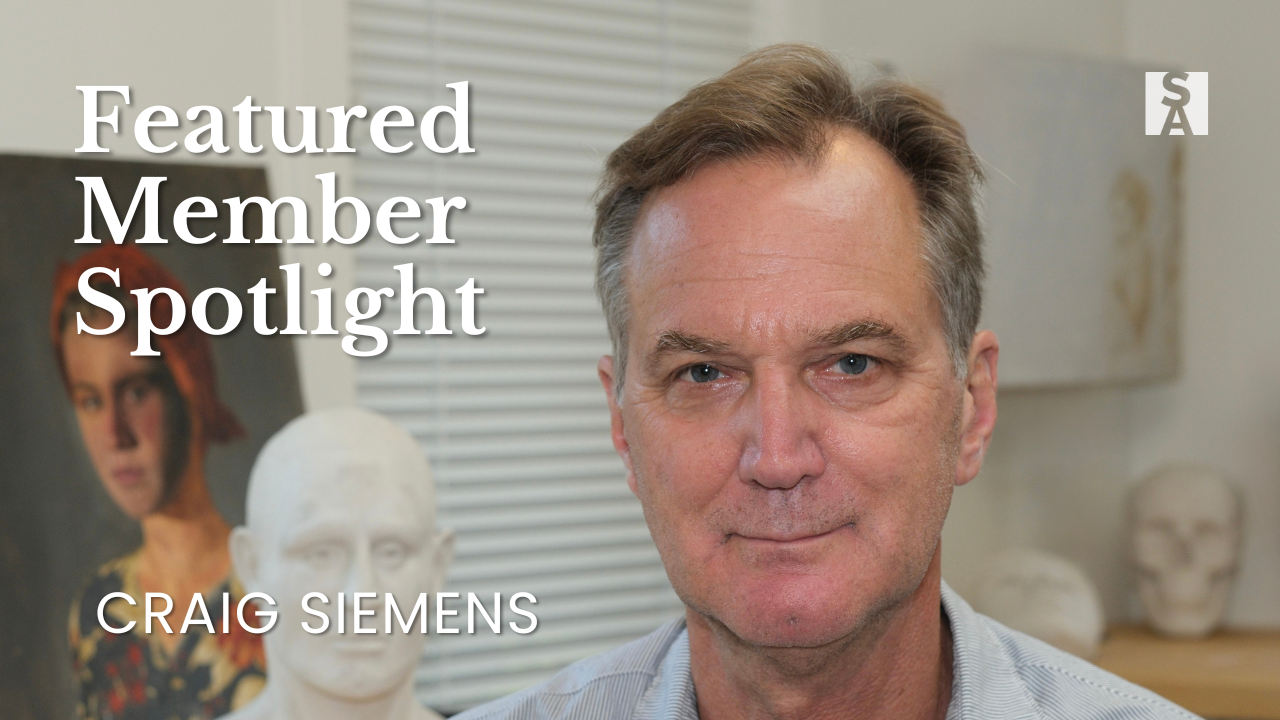How Much Detail Do Your Sculptures Need?

As an aspiring sculptor, you might often wonder how much detail is necessary to create a compelling and impactful sculpture. It's a common dilemma faced by artists, where the desire for precision meets the freedom of expression.
In this post, we'll explore the importance of finding your own approach to expressing your artistic vision. By examining various approaches taken by masterful artists from the past, you'll discover insights that will guide you in your artistic journey.
Studying from Masters
Let's look back to art history to study the approaches of four historical sculptors:
-
Medardo Rosso
-
Antoine Bourdelle
-
Edgar Degas
-
Constantin Brancusi
Let's begin our exploration by acknowledging that sculpting isn't limited to a single approach. Rather, it offers artists a vast spectrum of choices in how they bring their creations to life. A talented sculptor can communicate emotions, movement, and presence through a variety of methods, each with its own unique appeal.
Bourdelle: Expressive Impressions
One approach to sculpting involves embracing impressionism and focusing on expression rather than intricate details - leaving room for the viewer's imagination to fill in the gaps.
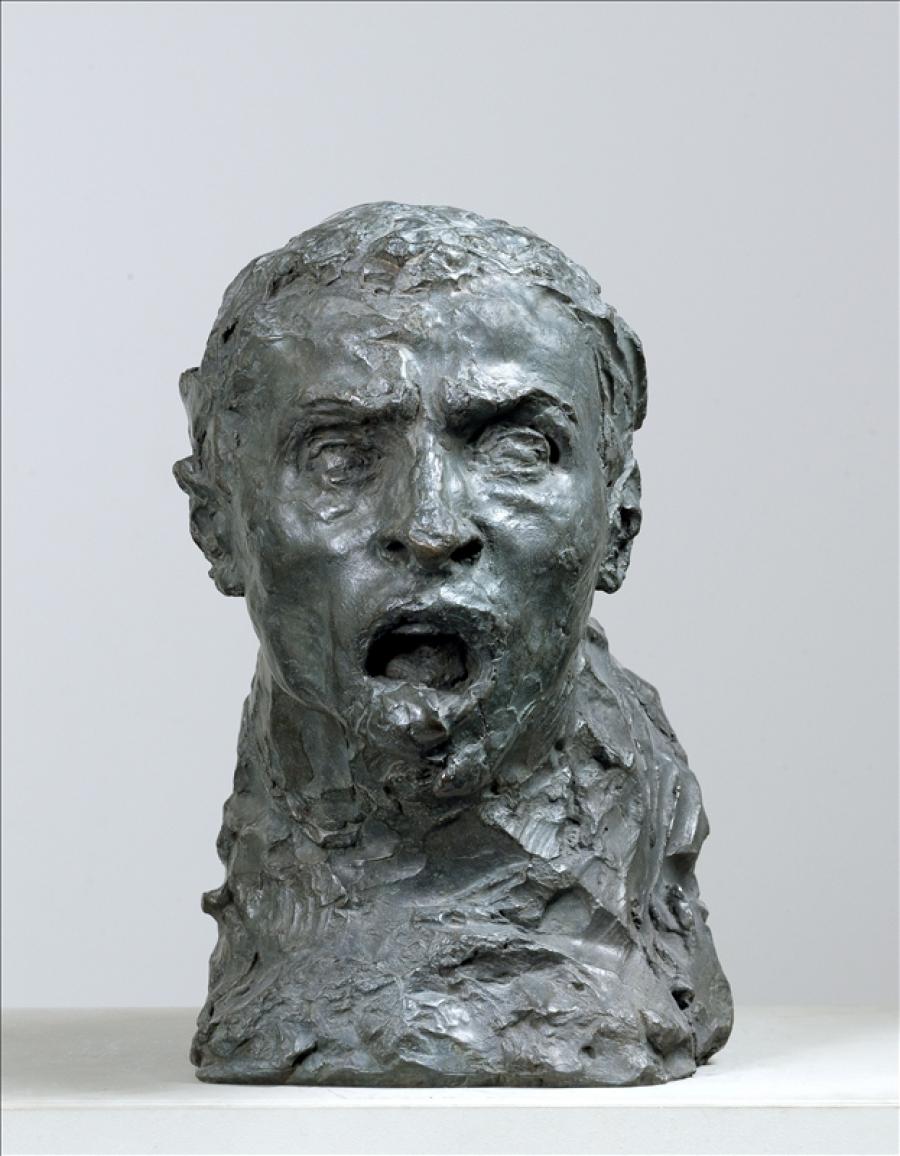
Le Cri, Antoine Bourdelle, Musee Bourdelle
Sculptors like Antoine Bordelle prove that emotional impact can be achieved without perfecting every minute detail. Through bold and expressive strokes, the essence of the subject can be brought to life, inviting the viewer to connect with the sculpture on an emotional level. This style celebrates the power of raw expression.
Rosso: Effects of Light & Shadow
Other sculptors opt for soft shadows and simplified forms, as demonstrated by the work of Medardo Rosso.

Enfant malade (Sick Child), Medardo Rosso
By skillfully playing with light and shadow, Rosso achieves a subtle impression of form that captivates the viewer without relying on highly rendered details. This approach allows the sculpture to evoke emotions through subtlety and a sense of mystery.
Degas: Capturing Motion and Presence
Known primarily for his paintings of dancers, Edgar Degas was also a prolific sculptor.
Dancer, Edgar Degas
Degas's sculptures, focusing on dynamic motion and presence, demonstrate that the absence of certain details can still lead to compelling and powerful works of art. By skillfully portraying movement and life, sculptors can create pieces that exude energy and life, resonating with viewers in a profound manner.
Rodin: The Freedom of Finishing Styles
Auguste Rodin's diverse range of finishing styles highlights his artistic freedom in the works he produced.

The Age of Bronze, plaster, Auguste Rodin (life-size)

Dancers, maquettes, Auguste Rodin
From highly detailed masterpieces to loose sketches and maquettes, Rodin's works show that the level of detail is a personal choice, driven by the artist's creative intent. This flexibility encourages artists to explore and experiment with different approaches.
Brancusi: Harmonizing Form and Structure
A different perspective suggests prioritizing the harmony of form and structure over excessive detailing. By focusing on large volumes and shapes, sculptors can achieve a sense of balance and visual appeal.

Sleeping Muse, Bronze, Constantin Brancusi
The example of Brancusi's iconic sculpture “Sleeping Muse” demonstrates how powerful sculptures can emerge from thoughtful manipulation of basic elements.
In Conclusion
The question of how much detail should be put into sculptures is an artistic choice that varies from one sculptor to another. Throughout history, artists have utilized different approaches, emphasizing impression, form, expression, or motion, each resulting in captivating and impactful work.
As an artist, it's essential to strike a balance that aligns with your artistic vision. While some sculptures may benefit from intricate detailing, others find strength in leaving room for interpretation. The key is to allow your creative intuition to guide you while considering how your sculpture will communicate your intent to the audience.
In your artistic journey, embrace the freedom to experiment and discover your unique voice as a sculptor. Remember that there is no "right" or "wrong" way to sculpt; the most important aspect is to infuse your work with passion, meaning, and personal expression.
Whether you choose to delve into fine details or celebrate the beauty of simplicity, your sculptures will be a reflection of your artistic identity and leave your unique mark on the world.
ARE YOU ON THE LIST?
Online Atelier Program for Sculpture:
Master the foundations of traditional clay figure sculpting.
Next Enrolment January 2026.
Enter Your Details Below to Get Notified:
You can unsubscribe at any time.

